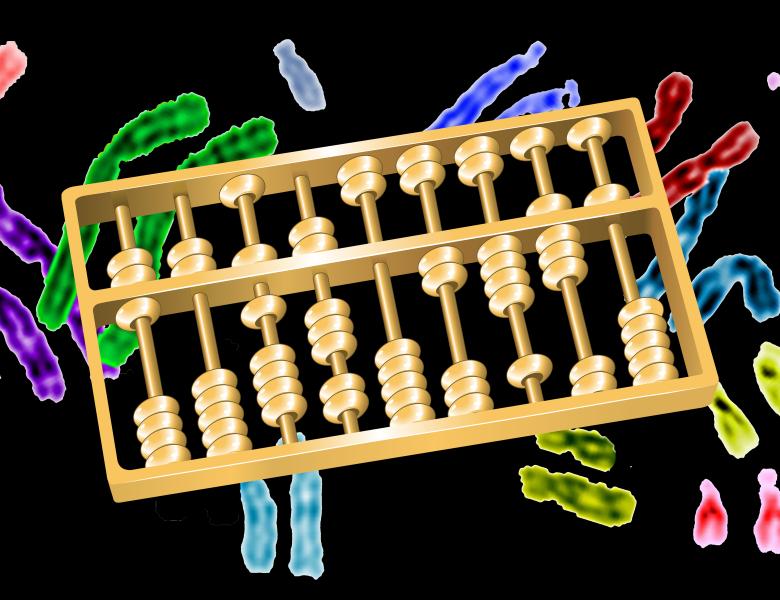The world is on average growing older, with people over 60 years of age representing 11% of the global population. Because of this, and because susceptibility to diseases increases with age, studying molecular causes of aging continues to gain importance. However, human aging is hard to study experimentally due to long lifespan as well as ethical constraints. Therefore, human aging-related knowledge needs to be inferred computationally. Computational analyses of gene expression or genomic sequence data, which have been indispensable for investigating human aging, are limited to studying genes (or their protein products) in isolation, ignoring their cellular interconnectivities. But proteins do not function in isolation; instead, they carry out cellular processes by interacting with other proteins. And this is exactly what biological networks, such as protein-protein interaction (PPI) networks, model. Thus, analyzing topologies of proteins in PPI networks could contribute to our understanding of the processes of aging.
The majority of the current methods for analyzing systems-level PPI networks deal with their static representations, due to limitations of biotechnologies for PPI collection, even though cellular functioning is dynamic. For this reason, and because different data types can give complementary biological insights, we integrate current static PPI network data with aging-related gene expression data to computationally infer dynamic, age-specific PPI networks. Then, we apply a series of sensitive measures of network topology to the dynamic PPI network data to study cellular changes with age. For example, we apply a graphlet-based measure of local network position (or centrality) of a node; graphlets are small connected induced subgraphs. By doing so, we find that while global PPI network topologies do not significantly change with age, local topologies (i.e., network centralities) of a number of genes do. We predict such genes to be key players in the processes of aging [1]. We demonstrate the credibility of our predictions by: 1) observing significant overlap between our predicted aging-related genes and known "ground truth" aging-related genes; 2) observing significant overlap between functions and diseases that are enriched in our aging-related predictions and those that are enriched in the "ground truth" data; 3) providing evidence that diseases which are enriched in our aging-related predictions are linked to human aging; and 4) validating our high-scoring novel predictions in the literature.
In the above work, we study network (e.g., graphlet-based) positions of a node in each individual (static) age specific PPI network "snapshot" and then simply consider time series of the results. In the process, we still overlook likely important relationships between the different snapshots. To capture the inter-snapshot relationships explicitly, we take the well-established and proven ideas behind static graphlets to the next level to develop novel theory of dynamic graphlets that are needed to allow for truly dynamic analysis of the age specific PPI networks [2]. When we apply the dynamic graphlet approach to study human aging (just as described above), this approach further improves upon our previous work in terms of the quality of aging-related predictions. Namely, our new predictions lead to better overlap with "ground truth" aging-related data as well as to more aging-relevant functional and disease enrichments. Importantly, our new approach unveils novel knowledge about human aging with high (e.g., literature) validation accuracy, thus complementing the existing aging-related knowledge.
1. Faisal F.E. and Milenković T. 2014. Dynamic networks reveal key players in aging. Bioinformatics 30(12):1721-29. 2. Hulovatyy Y., Chen H. and Milenković T. 2015. Exploring the structure and function of temporal networks with dynamic graphlets. Bioinformatics 31(12):i171-180.
